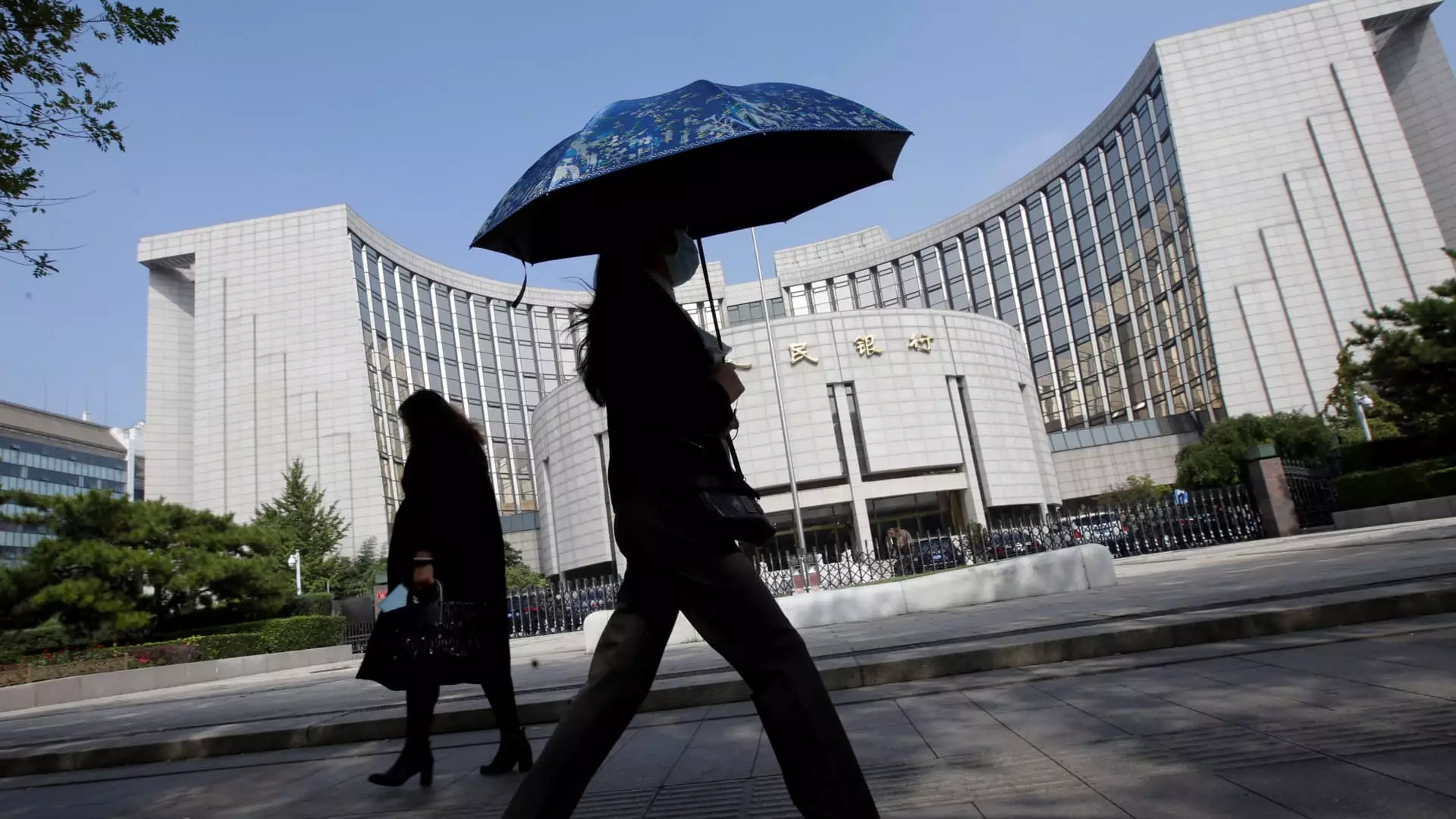Fitch Ratings agency has revised its expectations regarding China’s policy rate, no longer anticipating a cut for this year. The initial forecast for one cut in 2024 has now been pushed back to the following year. This adjustment is influenced by the U.S. Federal Reserve’s decision to maintain high interest rates, impacting the exchange rate dynamics with the U.S. dollar.
According to Jeremy Zook, Head of Sovereign Ratings in Asia Pacific at Fitch, concerns regarding the exchange rate relative to the U.S. dollar have restrained the People’s Bank of China (PBOC). This has led to a reevaluation of the timeline for policy adjustments, with a potential reduction in the one-year medium-term lending facility (MLF) rate expected for next year.
The Federal Reserve’s commitment to maintaining current interest rates, with only one projected cut by year-end, has created a challenging environment for policy adjustments in China. The Fed’s approach has resulted in a stronger U.S. dollar, placing pressure on the Chinese yuan and affecting capital outflows from the country.
In response to these circumstances, Fitch anticipates that Beijing will increasingly rely on fiscal policy tools to stimulate economic growth and address emerging challenges. The expectation is for the PBOC to leverage this shift in policy dynamics as the Fed eventually begins to ease rates.
One of the key considerations for the PBOC is the impact on bank net interest margins (NIM), which are currently under pressure due to low interest rates. NIM serves as a crucial indicator of bank profitability, highlighting the balance between interest income from loans and interest expenses on deposits.
The last adjustment to the MLF rate in China occurred in August 2023, underscoring the cautious approach taken by the central bank in response to evolving market conditions. The MLF rate influences the benchmark loan prime rate (LPR), a pivotal factor in determining lending rates for financial institutions.
Governor Pan Gongsheng of the PBOC has emphasized the institution’s commitment to a supportive monetary policy stance amid ongoing challenges. He highlighted the stability of the yuan’s exchange rate amidst complex global dynamics, acknowledging the influence of major developed economies on China’s policy decisions.
The shifting expectations for China’s policy rate reflect a complex interplay of domestic and international factors, underscoring the evolving nature of global monetary policy dynamics. As China navigates these challenges, strategic decision-making and proactive policy adjustments will be essential to ensuring stability and sustainable growth in the coming years.

